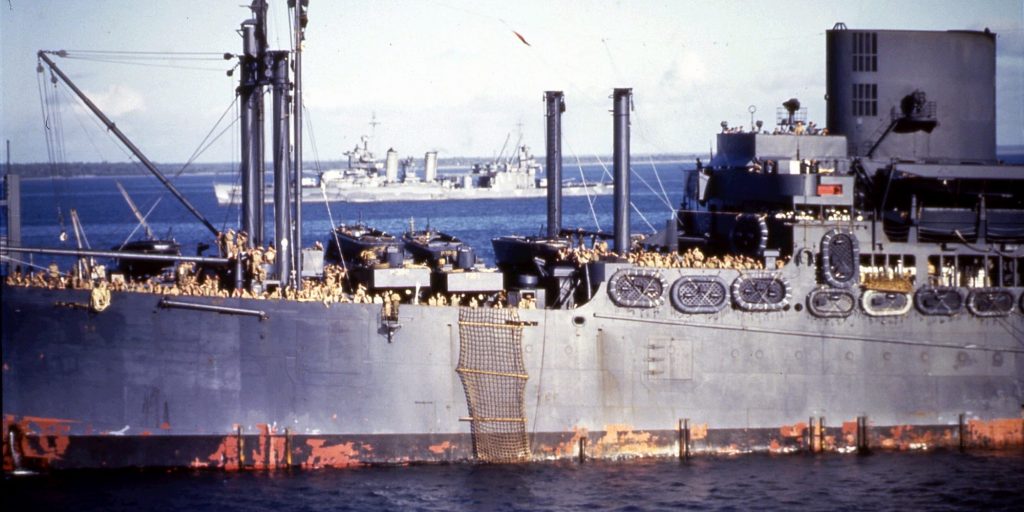- Eighty years ago, Allied troops stormed the beaches of Guadalcanal in the Solomon Islands.
- It was the first Allied offensive in the Pacific, and it began to roll back the Japanese advance.
- The Solomons are now the site of another competition between the US and its allies and China.
After a massive air and naval bombardment early on August 7, 1942, some 11,000 US Marines stormed the islands of Guadalcanal, Tulagi, and Florida in the southern part of the Solomon Islands.
Coming exactly eight months after the attack on Pearl Harbor, the landings were the first Allied offensive action of the Pacific theater.
The focus was on Guadalcanal, where the Japanese had begun constructing an airfield a month earlier. If completed, it would have directly threatened Australia and its supply lines and set the stage for further Japanese advances.
What followed was a brutal six-month slog involving every US military branch, including the Coast Guard. More than 60,000 US and 31,000 Japanese troops would fight in three major land engagements, seven naval battles, and near constant aerial bombardments and dogfights.
The first offensive
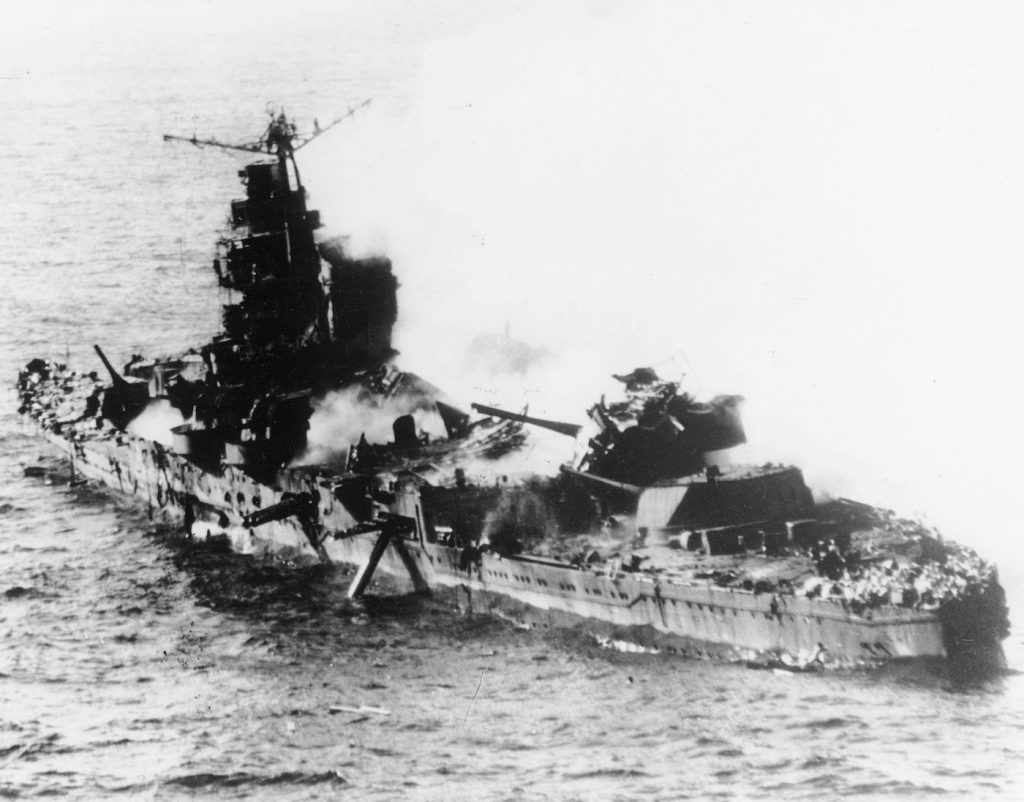
By July 1942, the situation in the Pacific had begun to stabilize.
Japan's seemingly unstoppable advance toward Australia had been checked at the Battle of the Coral Sea in May, and a month later the Japanese lost four fleet carriers, some 250 aircraft, and over 3,000 sailors and pilots at the Battle of Midway.
Both battles were milestones in the war and left the Japanese military essentially unable to mount further large-scale offensives.
In those battles and virtually every other engagement in the Pacific to that point, the Allies had been on the defensive, and they were determined to change that.
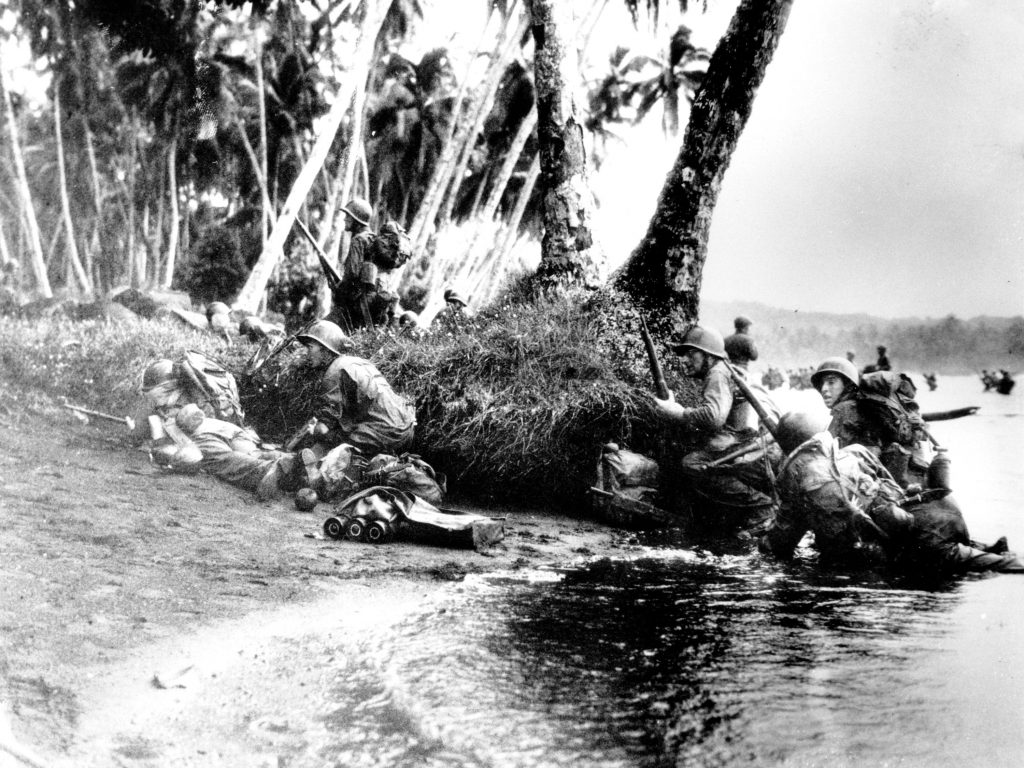
Allied commanders selected the Solomon Islands for their first offensive because Tulagi and Florida islands had natural harbors that could support future operations.
Capturing the Japanese airfield on Guadalcanal would also support operations to retake other Japanese-controlled territory.
A force of nearly 100 vessels and tens of thousands of Allied infantrymen, mostly US Marines, was hastily assembled.
Bad weather allowed them to arrive off Guadalcanal without detection on August 6, and the Marines took the Japanese by surprise the following day.
A hard fight
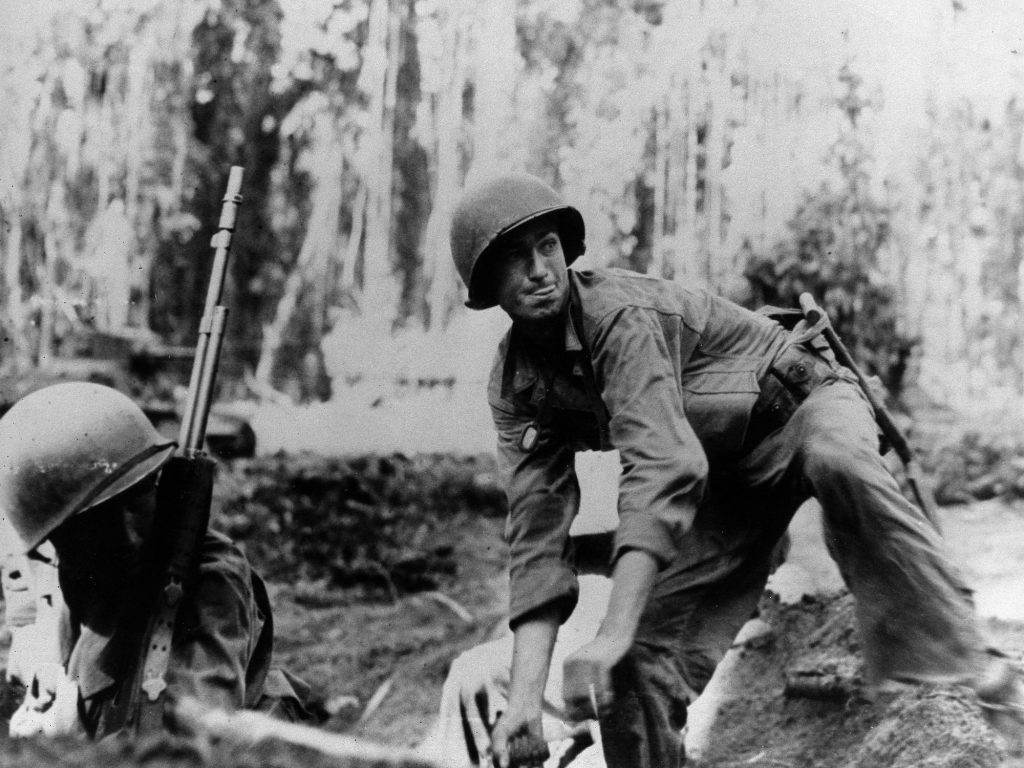
The initial landings on Guadalcanal were encouraging for the Allies. The outnumbered Japanese, caught off-guard and pummeled by naval and air bombardments, didn't mount serious resistance.
Guadalcanal's airfield was seized within 36 hours. The Marines named it Henderson Field after Maj. Lofton Henderson, a Marine aviator killed at Midway, and set about completing it for their own use.
But the Japanese would not give up Guadalcanal so easily. Japanese air attacks from nearby Rabaul led Vice Adm. Frank Fletcher to withdraw most of his warships on August 8 for fear that they would be sunk.
That night, seven Japanese cruisers and one destroyer sailed into the New Georgia Sound — called "the Slot" by the Allies — and used their superior night tactics and experience to sink four Allied cruisers and damage three more in just 32 minutes, killing over 1,000 sailors.
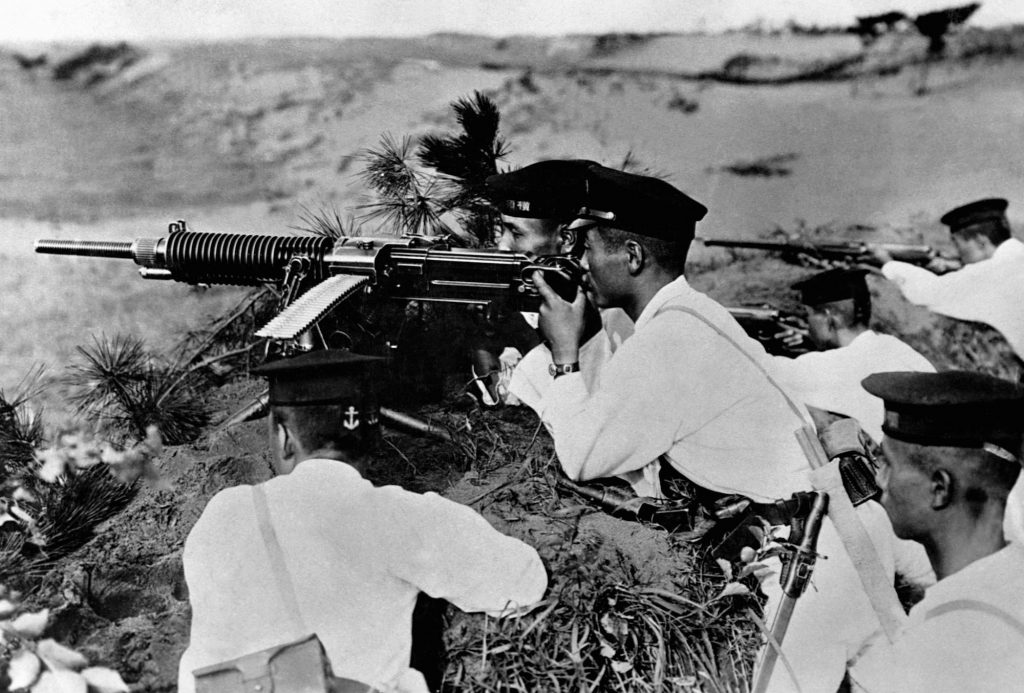
It was the first of seven naval battles around Guadalcanal that sank dozens of ships from both sides, earning the waters there the nickname "Ironbottom Sound."
Control of Guadalcanal's waters changed hands frequently as Japan sent in more warships. Japanese reinforcements and supplies were regularly shipped to Guadalcanal by destroyers on nighttime supply runs — a system the Allies called the "Tokyo Express."
On Guadalcanal, the Americans pushed further inland and set up defenses for Henderson Field, which became fully operational on August 20. The Japanese on Guadalcanal repeatedly tried to assault the airfield.
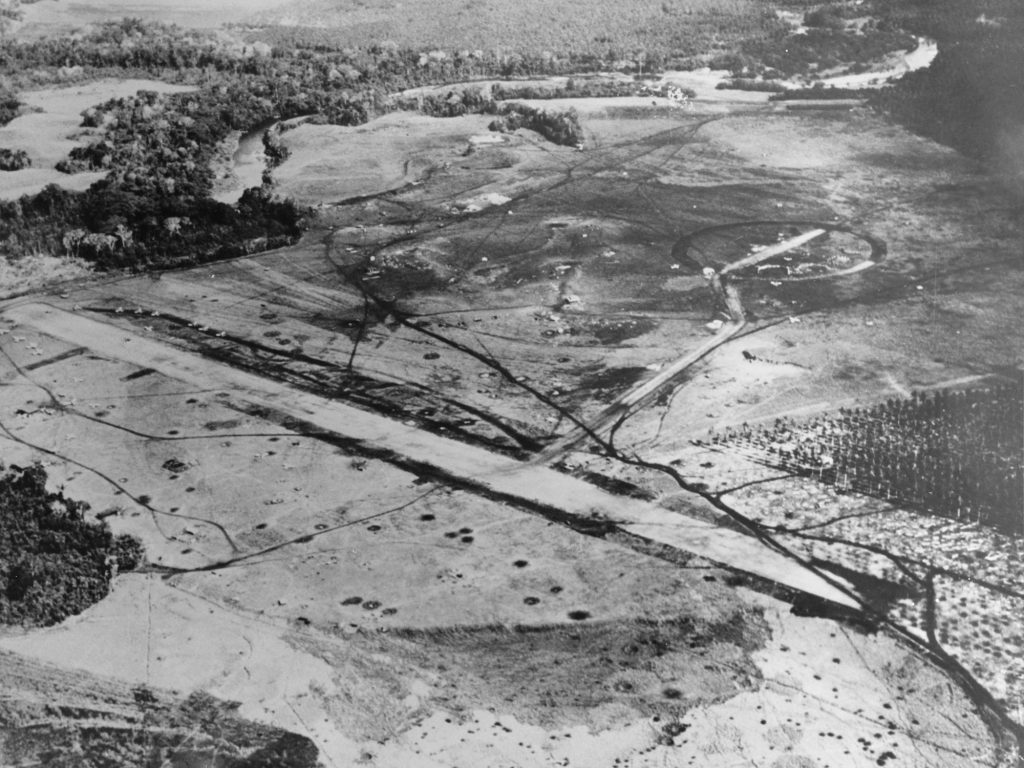
In at least three large-scale engagements, thousands of Japanese soldiers tried to swarm Henderson Field's outlying defenses. They were beaten back with massive casualties every time.
The airstrip was also repeatedly bombarded from the air and sea. On October 14, Japanese battleships Haruna and Kongō fired over 900 14-inch shells at Henderson, destroying half of its aircraft and almost putting the airfield out of action.
After six months of brutal combat, the Japanese finally withdrew, having lost more than 20,000 of the approximately 31,000 men sent to Guadalcanal, as well as 24 warships and 683 aircraft. The Allies lost 7,100 men, 29 warships, and 615 aircraft.
A new battle for influence
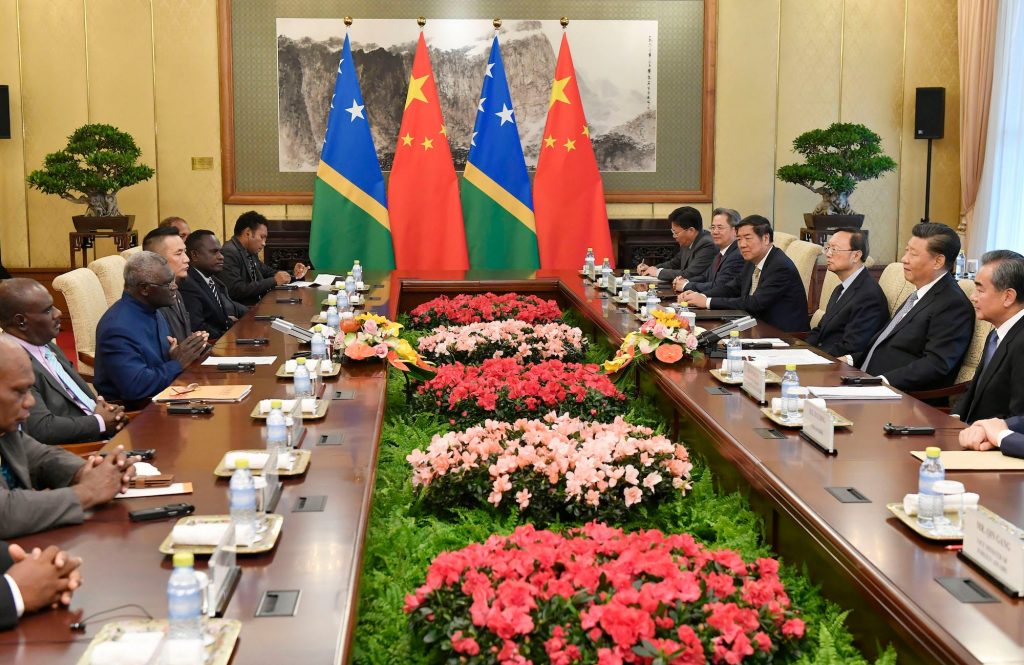
Eighty years later, the Solomon Islands, now an independent country, is the site of a different kind of struggle.
China has expanded its influence there through investments and diplomatic outreach. The Solomons government severed ties with Taiwan and formally recognized Beijing in 2019 and signed a bilateral security deal with China in April — both moves were seen as major geopolitical victories for the Chinese.
Officials from the Solomons and China have said that the deal won't lead to a Chinese base in the island country, but a leaked draft of the agreement, the final full text of which has not been released, says China can send armed police and military personnel to assist the Solomons government in "maintaining social order."
The leaked text also says that China can use its military to protect Chinese citizens and projects in the Solomons and would allow its naval ships to make port calls.
The Solomons has a longstanding security relationship with Australia, which sent security personnel there at the government's invitation following unrest in the capital in November.
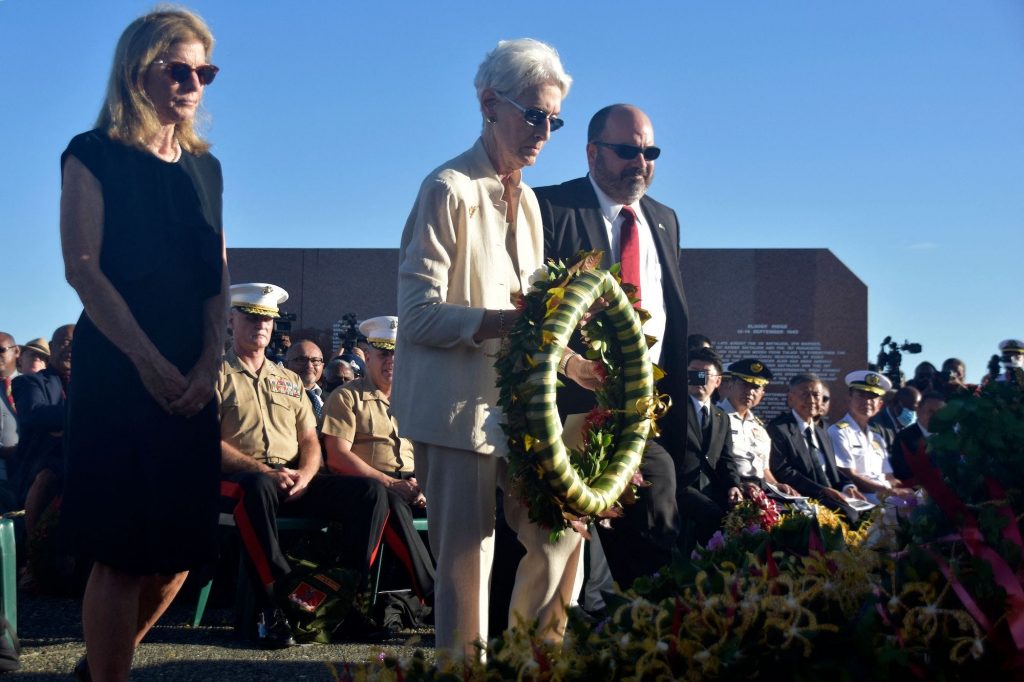
The unrest, which escalated into rioting, began in part as a protest of Prime Minister Manasseh Sogavare severing ties with Taiwan. Chinese-owned businesses the capital, Honiara, were targeted during the violence.
Sogavare has said that Australia remains the Solomons' "security partner of choice" and that his government "will call on them first" when it comes to security matters. But many in the Solomon Islands and elsewhere remain skeptical, as China continues to pursue influence and potentially access in other strategically located South Pacific countries.
The US and its allies have sought to bolster their ties to Pacific Island countries with expanded diplomatic and economic outreach and other initiatives, such removing unexploded ordnance from World War II. The US is also reopening its embassy in the Solomons, which was closed in the late 1990s.
"The 80th anniversary today was recalling how important that partnership with Solomon Islands was 80 years ago," Deputy Secretary of State Wendy Sherman said after a ceremony in Honiara on August 7. "There have been times when other administrations have not put a priority on alliances, partnerships, and regional organizations — but this administration, a very high priority."
